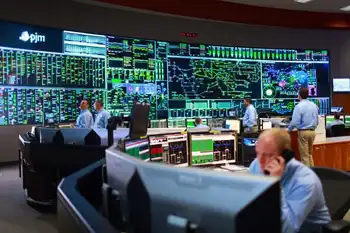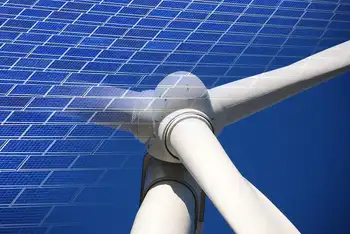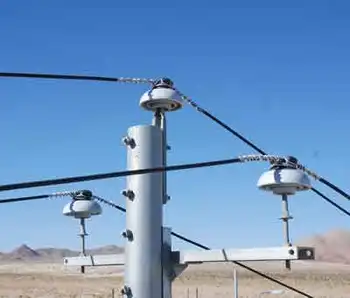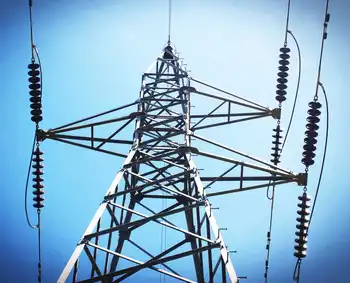New meters give real-time power use
SOUTHERN CALIFORNIA - Some power companies are pulling the plug on old-fashioned mechanical electric meters, and, to the likely disappointment of growl-happy dogs, meter-readers will no longer be invading yards across Southern California.
Southern California Edison, Pacific Gas and Electric, and San Diego Gas and Electric are upgrading customers to digital “smart meters” that can transmit real-time data about electricity use wirelessly back to the utility company. (The Los Angeles Department of Water and Power is updating its meters too, but primarily larger businesses will be outfitted with two-way meters.)
The next step is to provide detailed power-use information to homeowners, in hopes that they can assess and reduce their consumption.
Edison expects that by late 2010 many of its San Gabriel Valley customers will be able to see an hourly breakdown of power use online the next day. They also will see their cumulative monthly use, to tell if they are about to be kicked up to a higher rate. (Edison's five-tier pricing system penalizes greater monthly use.) “We want to get people to start paying attention to how they consume energy,” says Gene Rodrigues, Edison’s director of energy efficiency. Studies suggest this kind of awareness leads people to conserve.
The California Public Utilities Commission wants the three utilities to be providing usage data in real time to customers starting next year. That way, people would receive immediate feedback, perhaps via an in-home screen, on how much power the air conditioner or TV suck up when switched on. Some British homes are already using such a system.
After-market power monitors that read and relay data from standard meters can be bought online for about $100-$200. They should be checked for compatibility with the meter, and need to be programmed. For some models, an electrician is needed for safe installation.
Edison has 5 million customers, and has rolled out just 170,000 meters so far. (PG&E and SDG&E have many more meters in place already.) Edison estimates the $1.6 billion program will eventually pay for itself and cut demand by about 1,000 megawatts — the capacity of an average power plant.
The upgrade is a major component of a statewide effort to reduce energy demand at peak hours, usually 1 to 6 p.m. in summer. “If customers reduce usage at that time, the utilities can avoid building additional expensive power plants,” says Bruce Kaneshiro, a supervisor for the PUC's energy division. “Or avoid purchasing power to meet that demand."
Edison plans to offer rebates to people who cut back on electricity at peak times, and is developing an e-mail or text-message alert system to spread the word at key times. Eventually, it might charge residential customers more for power during these hours (as it does with businesses).
The real-time measurements also will facilitate better integration of wind and solar power — sources that aren't available around the clock. “Conservation and cleaner power sources go hand in hand,” says Martin Schlageter of the environmental group Coalition for Clean Air. “Smart meters are a way of making the whole infrastructure more efficient."
Smart meters are already spurring the development of “smart” thermostats and appliances, which can respond to conservation signals from the meters. GE is piloting a refrigerator that delays defrost cycles, a microwave that reduces wattage on command, and smart dishwashers and washing machines that can delay cycles to off-peak hours.
The communication protocols that allow appliances to heed a meterÂ’s call are still being refined. Meanwhile, to take advantage of the high-tech gauges, people will have to rely on their own smarts (and a couple of fingers) to hold back the laundry or turn down the thermostat.
Related News
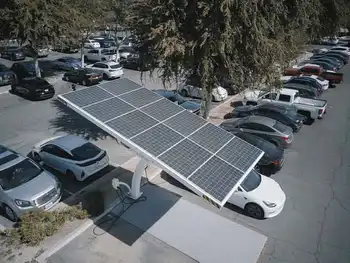
Greening Ontario's electricity grid would cost $400 billion: report
TORONTO - Ontario will need to spend $400 billion over the next 25 years in order to decarbonize the electricity grid, according to a new report by the province’s electricity system manager that’s now being considered by the Ford government.
The Independent System Electricity Operator (IESO) was tasked with laying out a path to reducing Ontario’s reliance on natural gas for electricity generation and what it would take to decarbonize the entire electricity grid by 2050.
Meeting the goal, the IESO concluded, will require an “aggressive” approach of doubling the electricity capacity in Ontario over the next two-and-a-half decades — from 42,000…

